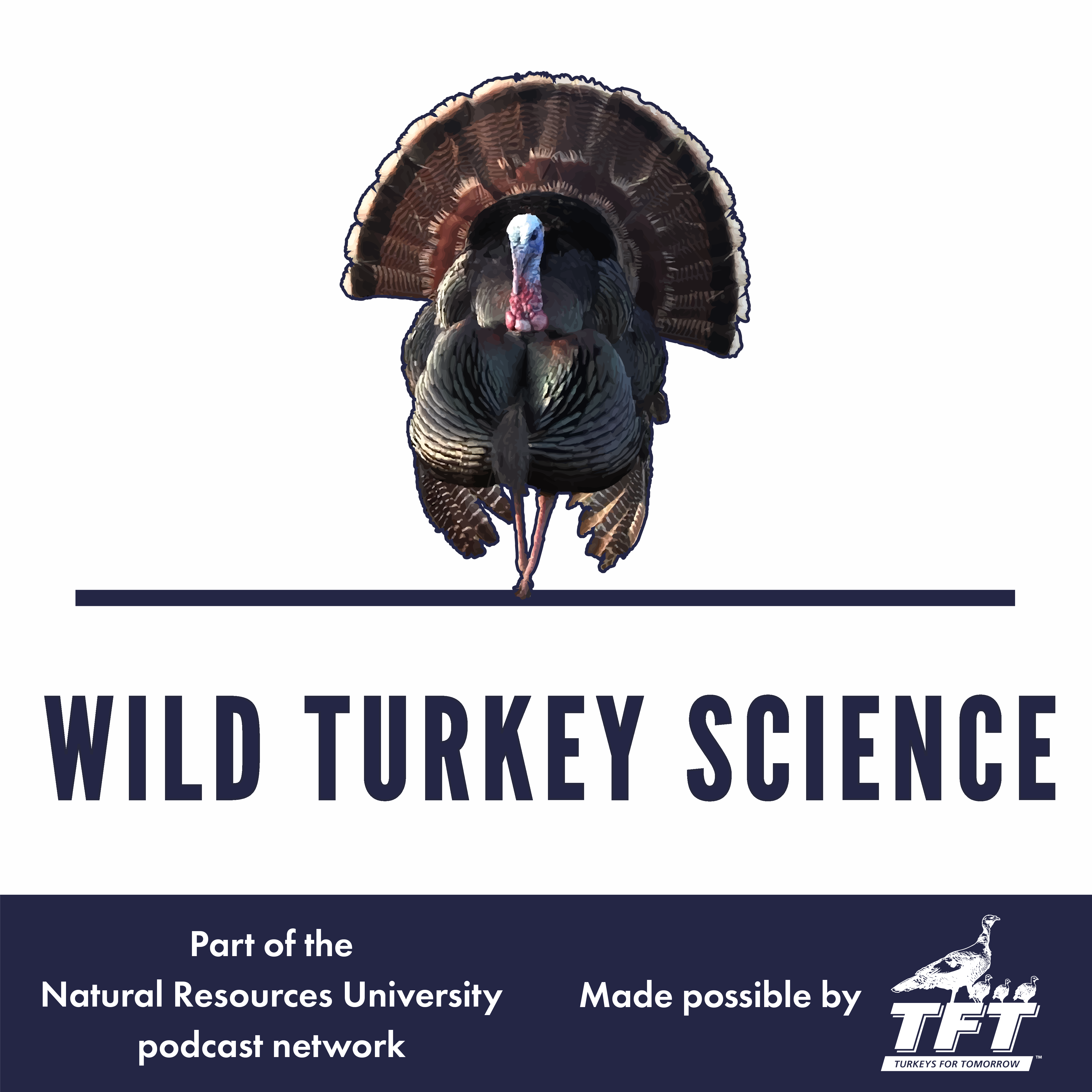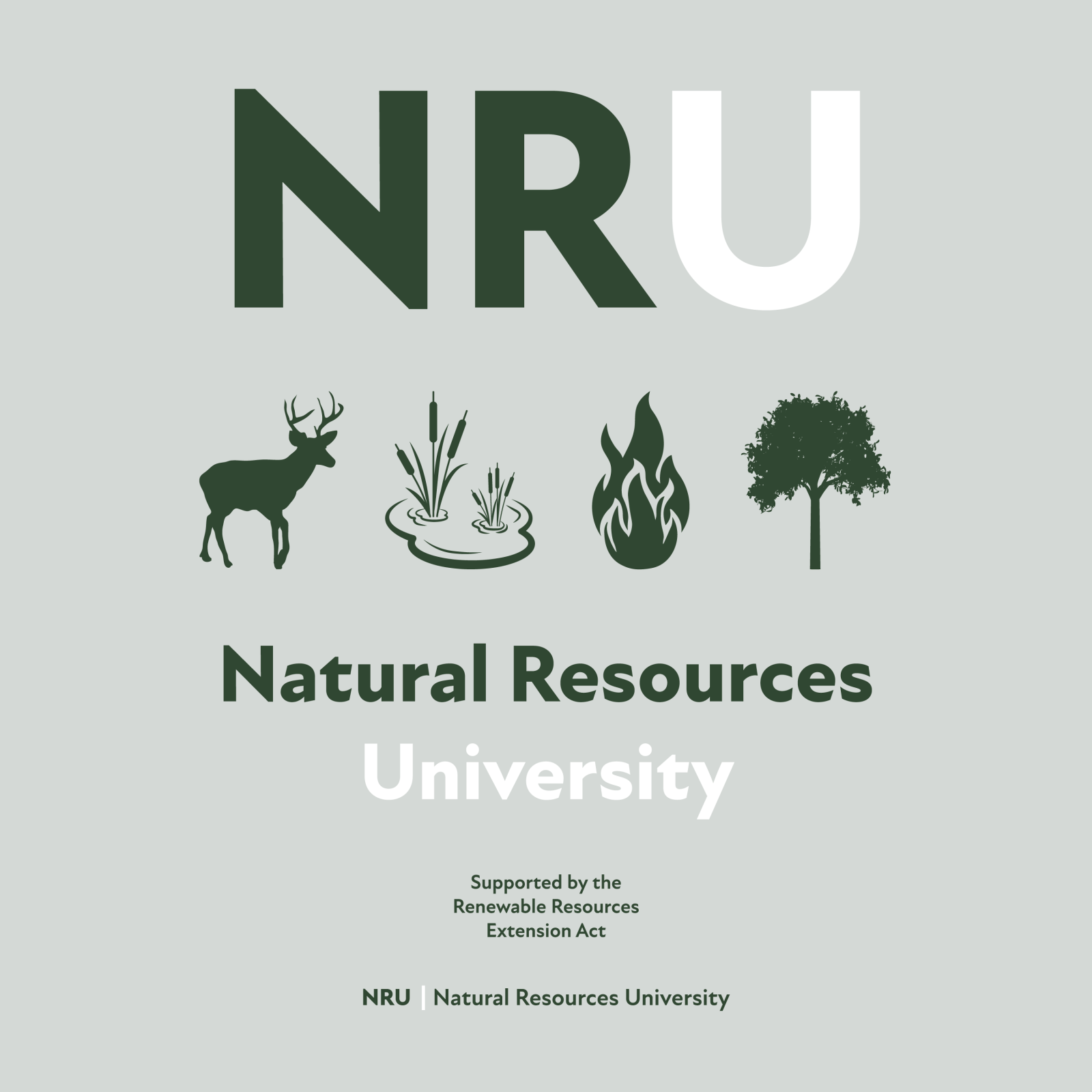Marcus and Will dive deeper into the literature surrounding the potential impacts of feeding on wild turkeys. Join as they discuss the data on risks of feeding across species, predation, pathogens, and contaminants and what we can do to mitigate these risks for turkeys moving forward.
Resources:
-
Cooper, S. M., & Ginnett, T. F. (2000). Potential effects of supplemental feeding of deer on nest predation. Wildlife Society Bulletin, 660-666.
-
Dale, L. L. (2014). Potential for aflatoxicosis in northern bobwhite (Colinus virginianus) exposed to contaminated grain at feeding stations (Doctoral dissertation, Oklahoma State University).
-
Dale, L. L., O'Connell, T. J., & Elmore, D. (2015). Aflatoxins in wildlife feed: Know how to protect wildlife. Oklahoma Cooperative Extension Service.
-
Eckert, K. D., Keiter, D. A., & Beasley, J. C. (2019). Animal visitation to wild pig (Sus scrofa) wallows and implications for disease transmission. Journal of wildlife diseases, 55(2), 488-493.
-
Godbois, I. A., Conner, L. M., & Warren, R. J. (2004). Space‐use patterns of bobcats relative to supplemental feeding of northern bobwhites. The Journal of wildlife management, 68(3), 514-518.
-
Huang, M. H., Demarais, S., Strickland, B. K., & Brookshire, W. C. (2022). Identifying aflatoxin exposure risk from supplemental feeding of deer. The Journal of Wildlife Diseases, 58(2), 384-388.
-
Huang, M. H., Demarais, S., Brookshire, W. C., & Strickland, B. K. (2022). Analysis of supplemental wildlife feeding in Mississippi and environmental gastrointestinal parasite load. Frontiers in Veterinary Science, 9, 995437.
-
Monson, M. S., Coulombe, R. A., & Reed, K. M. (2015). Aflatoxicosis: Lessons from toxicity and responses to aflatoxin B1 in poultry. Agriculture, 5(3), 742-777.
-
Moore, D. L., Henke, S. E., Fedynich, A. M., & Laurenz, J. C. (2019). The effect of aflatoxin on adaptive immune function in birds. Aflatoxins and wildlife, 155-180.
-
Murray, M. H., Becker, D. J., Hall, R. J., & Hernandez, S. M. (2016). Wildlife health and supplemental feeding: a review and management recommendations. Biological Conservation, 204, 163-174.
-
Pickova, D., Ostry, V., Toman, J., & Malir, F. (2021). Aflatoxins: History, significant milestones, recent data on their toxicity and ways to mitigation. Toxins, 13(6), 399.
-
Rauber, R. H., Dilkin, P., Giacomini, L. Z., de Almeida, C. A., & Mallmann, C. A. (2007). Performance of turkey poults fed different doses of aflatoxins in the diet. Poultry Science, 86(8), 1620-1624.
-
Sorensen, A., van Beest, F. M., & Brook, R. K. (2014). Impacts of wildlife baiting and supplemental feeding on infectious disease transmission risk: a synthesis of knowledge. Preventive veterinary medicine, 113(4), 356-363.
-
Quist, C. F., Bounous, D. I., Kilburn, J. V., Nettles, V. F., & Wyatt, R. D. (2000). The effect of dietary aflatoxin on wild turkey poults. Journal of Wildlife Diseases, 36(3), 436-444.
Dr. Marcus Lashley (@DrDisturbance) (Academic Profile)
Dr. Will Gulsby (@dr_will_gulsby) (Academic Profile)
Turkeys for Tomorrow (@turkeysfortomorrow)
UF DEER Lab (@ufdeerlab) (YouTube)
Watch these podcasts on YouTube: Wild Turkey Science YouTube
Donate to wild turkey research: UF Turkey Donation Fund , Auburn Turkey Donation Fund
This podcast is made possible by Turkeys for Tomorrow, a grassroots organization dedicated to the wild turkey. To learn more about TFT, go to turkeysfortomorrow.org.
Help us help turkeys by rating this podcast and sharing it with your friends and family.
Music by Dr. David Mason & Artlist.io
Produced & edited by Charlotte Nowak

